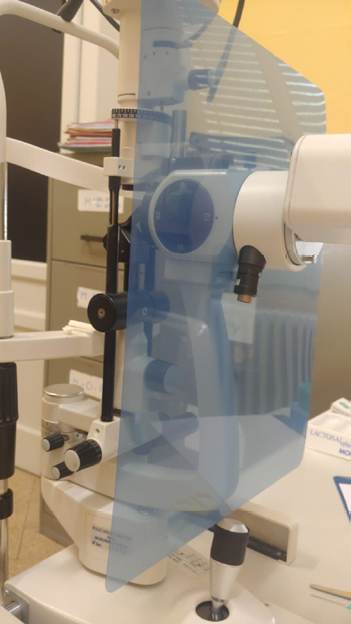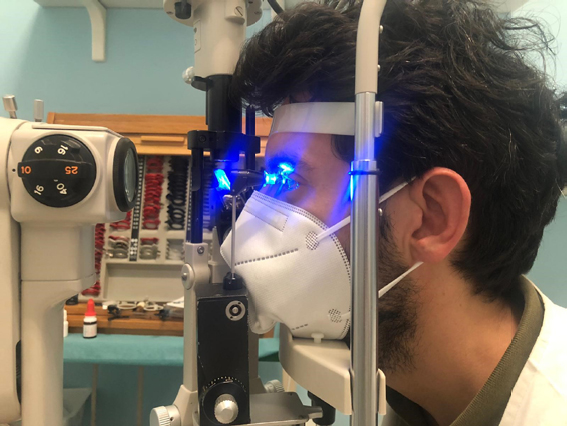advertisement

Editors Selection IGR 23-3
Comment

Comment by Luciano Quaranta on:
82885 Review of hygiene and disinfection Recommendations for outpatient glaucoma care: A COVID era update, Shabto JM; De Moraes CG; Cioffi GA et al., Journal of Glaucoma, 2020; 29: 409-416
See also comment(s) by Ningli Wang & Chunyan Qiao • Clement Tham & Poemen Chan • Brandon J. Wong • Tin Aung & Rahat Husain • Pradeep Ramulu • Michele C. Lim • Andrew Camp • Clement Tham & Poemen Chan •I am living and practicing in Brescia and Pavia, two of the most affected towns in Italy by COVID-19, and for this reason I face the problem daily.
Life has changed for all of us, and also our way of visiting patients. The hygiene and disinfection of ophthalmological instruments (slit lamps, lenses, tonometers, OCT, Visual Field Analyzers...) needs to be particularly accurate and safe now.
For these reasons I think this paper gives extremely useful information for our practice.
I draw inspiration from this article to illustrate the situation in Northern Italy.
In order to avoid gatherings of patients in the waiting rooms, we have rescheduled all the appointments. We are visiting only urgent and non-deferrable glaucoma patients. At present, we are able to visit no more than two patients per hour (in the pre-COVID era we had a schedule of one patient every 15/20 minutes for routine glaucoma follow-up visits).
The majority of the suggestions proposed in the paper are almost similar to the ones I have applied in my outpatient practice at the University of Pavia, and in my private practice in Brescia.
During the pandemic lockdown (March 9-May 4) I faced the problem to continue to visit patients recently operated by filtering surgeries, and to give reassurances to glaucoma patients who needed to be operated in the near future. For this reason, special caution had to be taken when visiting patients to avoid contamination. For added security, we decided to perform applanation tonometry by single-use, disposable tonometer prisms.
Due to the shortage of breath shields for the slit lamps, we have adapted x-ray films for protection (Fig. 1).

Fig. 1. Slit lamp breath shield: x-ray film (11 x 13 inches).
Furthermore, I would like to add a simple personal observation related to the use of a mask.
In Northern Italy, patients frequently wear FFP masks in different shapes. Particular attention should be paid in order to avoid contact between the mask and the metal rod of the tonometer, in some cases preventing the approach of the prism to the cornea, but in other cases resulting in abnormal values of the IOP (Fig. 2). My personal suggestion is to recommend to patients to wear a surgical mask during an ophthalmological visit, or at least during IOP measuring.
I hope a cure for this disease will be found soon.

Fig. 2. Tonometer rod - mask contact.
Comments
The comment section on the IGR website is restricted to WGA#One members only. Please log-in through your WGA#One account to continue.Log-in through WGA#One

